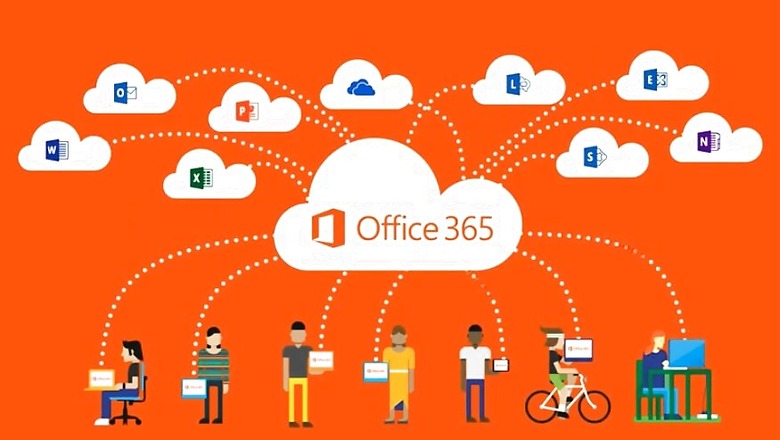
views
Microsoft is gradually pushing its services towards a subscription-based model, in hope that its customers will soon get accustomed to a monthly renewal format, rather than perpetual licenses. Earlier today, the software giant announced that it will be discontinuing the perpetual licence copies of Microsoft Office for its Home Use Program (HUP) users, and instead offer a monthly subscription. The programme, which is targeted at a select group of corporate clients that offer privilege discounts to their employees for purchasing the same Microsoft software at home, so far allowed these users to pay a discounted one-time fee to gain access to a latest Microsoft Office copy, which has typically been offered in two variants — Personal and Home & Business.
Going forward, these users will only get access to an annual subscription package, which costs $48.99 per year (~Rs 3,500) for Office 365 Personal and $69.99 per year (Rs 5,000) for Office 365 Home & Business. Typically, the Microsoft Office HUP offers a 30 percent discount to employees of organisations that have signed up for the programme with Microsoft. In recent times, Microsoft has made a clear shift to open-sourcing most of their technologies — a move by chief executive Satya Nadella that has paid dividends and helped the company recently scale the trillion-dollar valuation.
Alongside this, Microsoft has also been trying to push its users towards a monthly or annual subscription-based revenue scheme, in order to maintain a consistent revenue stream that might eventually yield higher profits in the long run, than perpetual licence copies. Many users are used to purchasing licensed software once and then using the same for a large number of years in future, eating into the potential money that the company could have earned. With its new strategy, Microsoft will hope to convince its users of the worth of new software every year, and suggest that a recurrent annual sum is better than a single-pay option.
This may spell dividends for Microsoft in markets such as India, where the habit of "buying" software, or paying for necessary software, is still relatively nascent. While significant businesses have shifted to original software, personal users still rely on pre-installed software to run such services. With a subscription model and a reduced net price, Microsoft may be able to convince some of these users into paying for the original software, further adding to its revenue stream. In fact, the Microsoft India official store already lists Microsoft Office 365 Home for sale at Rs 5,299 per year, without any mention of how much a perpetual licence copy would cost. The company even offers the software at Rs 530 every month, with the option of getting the first month free on trial.
For reference, this is less expensive than Netflix's mid-tier plan, something that many Indians have already subscribed to. What remains to be seen is how Microsoft's billion-strong user base across the world takes to the gradual change, and how content would they be in paying for original, updated copies of a productivity suite — particularly in times where Google's reliable and reasonably well-stocked Cloud suite of productivity services essentially come free of charge.




















Comments
0 comment